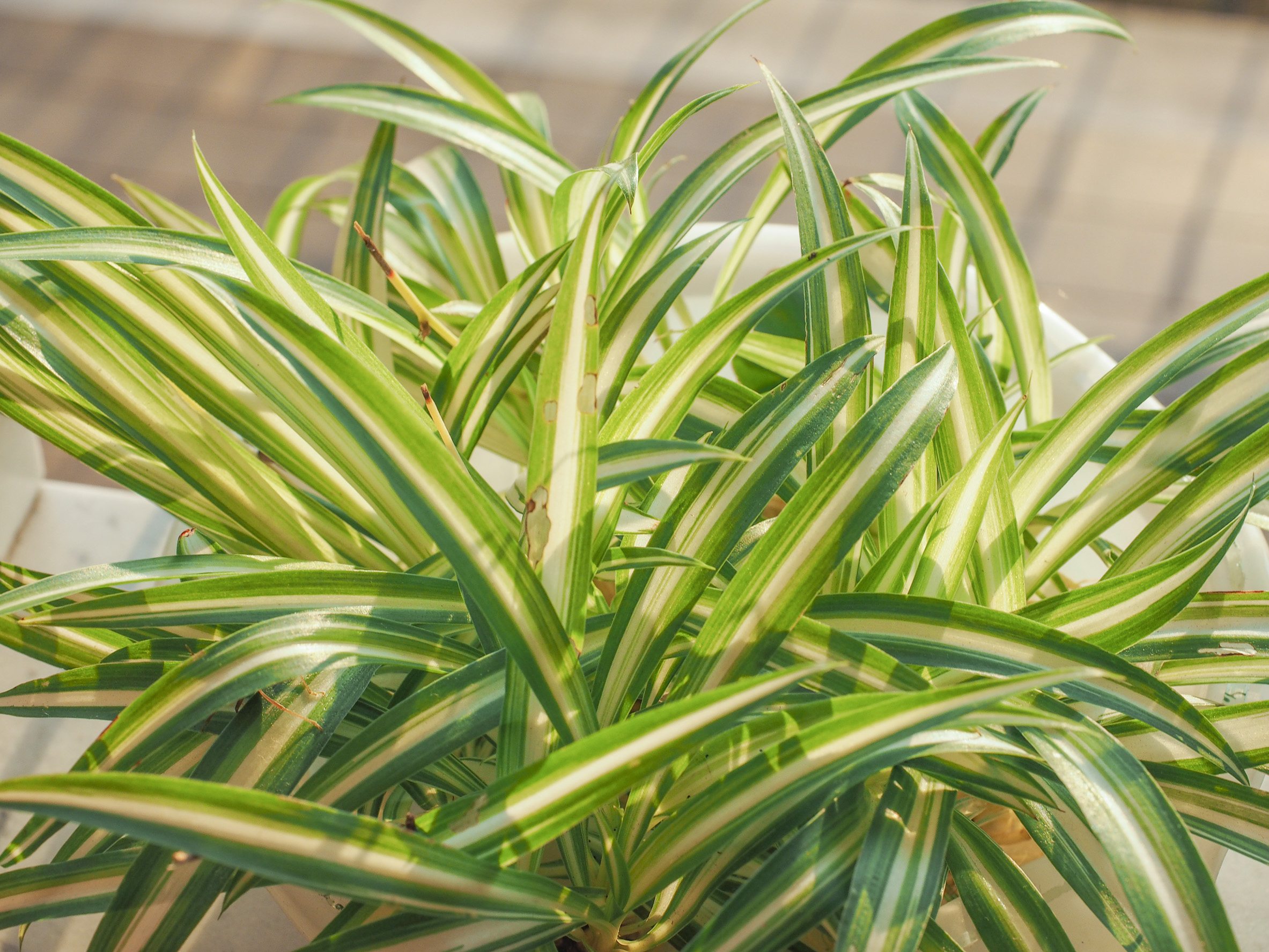Dividing Spider Plants: When To Split A Spider Plant


Spider plants (Chlorophytum comosum) are very popular houseplants. They are great for beginners since they are tolerant and very difficult to kill. After you’ve had your plant for a few years, you may find that it has grown very large and isn’t doing well. If that happens, it’s time to start dividing spider plants. Can you split a spider plant? Yes, you can. Read on for information about when and how to divide a spider plant.
Spider Plant Division
Spider plants have tubular roots that grow rapidly. That’s why spider plants outgrow their pots so quickly— the roots just need more room to grow. If you’ve moved your spider into new, bigger pots several times, it should be thriving. If it is struggling, it may be time to think about spider plant division. If you want to know when to split a spider plant, dividing spider plants is appropriate when the roots are crowded. Tightly packed roots may kill off some central root sections. When this happens, the plant’s leaves may die and brown even though you haven’t moved it or changed its care. That’s because some of the roots are not able to do their job. Dividing spider plants pushes the plant’s “restart” button and gives it a new chance to grow happily.
How to Divide a Spider Plant
If you want to know how to divide a spider plant, it isn’t very difficult if you have an overview of the procedure. When you are dividing spider plants, you’ll need a sharp garden knife, additional containers with good drainage holes, and potting soil. The idea is to slice off and throw away the damaged roots, then divide the healthy roots into several pieces. Remove the plant from its pot and take a look at the roots. You may need to wash the soil from the roots with the hose in order to see them well. Identify the damaged roots and cut them off. Decide how many plants can be started from the remaining roots. After that, cut the roots into several sections, one for each new plant. Repot each section of the plant into its own pot. Plant each one in well-draining potting soil, then water each pot well.
Gardening tips, videos, info and more delivered right to your inbox!
Sign up for the Gardening Know How newsletter today and receive a free copy of our e-book "How to Grow Delicious Tomatoes".

Teo Spengler is a master gardener and a docent at the San Francisco Botanical Garden, where she hosts public tours. She has studied horticulture and written about nature, trees, plants, and gardening for more than two decades. Her extended family includes some 30 houseplants and hundreds of outdoor plants, including 250 trees, which are her main passion. Spengler currently splits her life between San Francisco and the French Basque Country, though she was raised in Alaska, giving her experience of gardening in a range of climates.
-
 Looking For Plants To Give You The Soft And Fuzzies? Try These 5 Fuzzy Leaf Plant Options
Looking For Plants To Give You The Soft And Fuzzies? Try These 5 Fuzzy Leaf Plant OptionsLovers of texture, drama, silver foliage and tactile plants will adore these special sensory garden additions. These fuzzy leaf plant options will leave you all aglow
By Susan Albert
-
 Get Ready For A Summer Of Hummers! Grow These Full Sun Hummingbird Plants and Flowers
Get Ready For A Summer Of Hummers! Grow These Full Sun Hummingbird Plants and FlowersIf you’re lucky enough to enjoy a sunny backyard, make sure you are maxing out on your pollinator opportunities and grow these full sun hummingbird plants and flowers
By Tonya Barnett